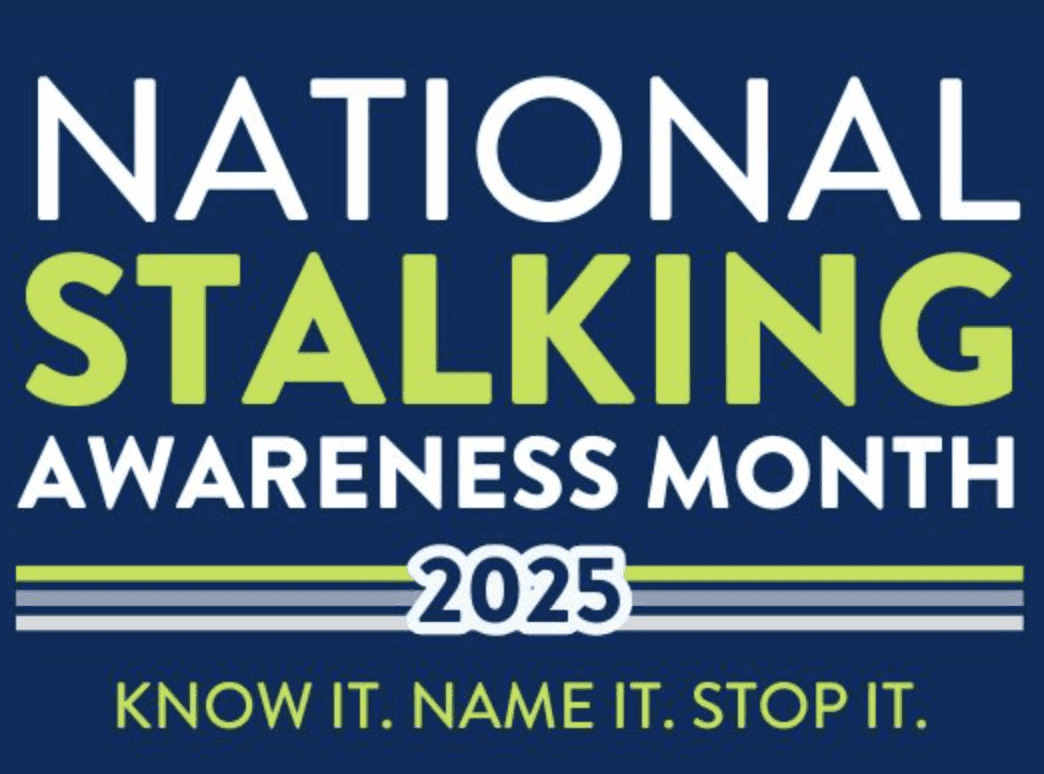Melanoma is the most serious and most common form of skin cancer. It is diagnosed far more often in whites than in African-Americans. However, a study reported in the Journal of Surgical Oncology (Vol. 78, No. 1: 10 – 16) showed that when African Americans develop the disease, it’s deadlier.
African Americans have a 45% survival rate at five years compared to 69% in whites.
Melanoma lesions occur more often on sun-exposed skin in whites. But in African Americans, the lesions show up on the extremities, especially the soles of feet or palms of the hands.
African Americans Usually Are Diagnosed Later than Whites
This study looked at patients’ charts from the Charity Hospital of New Orleans. The patients were diagnosed with melanoma from 1975 to 1997. The researchers looked at the patients’ age, gender, where the cancers were on their bodies, how far the cancer had spread, the patients’ race, and how long they lived.
Of 198 melanoma patients, 44 were African Americans. Of these, 25 were diagnosed with melanoma located on the skin. These patients were compared to 80 white patients with the same skin cancer type.
The researchers found that African-American males were four times more likely to have this type of skin cancer than African-American females.
Half of the African-American patients lived less than 45 months; the other half lived longer than 45 months. The same survival figure for the white patients was 135 months. Whites were almost four times more likely to be diagnosed with early, treatable disease.
Why is this disease so much deadlier in blacks? Both the white and black people in the study had similar economic status, so this did not seem to be a factor.
The researchers also considered age and education. But the most significant survival factor was how far the cancer had spread when the patients sought help.
“They [African Americans] tend to get in for examination a little bit later, no matter what class of patient you’re dealing with,” said Charles J. McDonald, MD, chairman of the department of dermatology at Brown University.
Knowing What to Look for Is Key
Derrich Beech, MD, one of the study’s authors and chief of surgical oncology at the University of Tennessee at Memphis, added, “When black patients develop moles that look funny, they typically don’t think of the possibility of melanoma.”
Yet, he points out that Bob Marley, the renowned Reggae musician, died from an aggressive and deadly form of the disease.
McDonald, a former president on the national board of the American Cancer Society, said that this study is important because it raises questions that need more investigation.
“This cancer, as well as other cancers, tend to be more devastating in the African-American population,” he said. “For example, breast cancer in women: the number of cancers and percentage is less than the white population, yet more African-American women die of the disease.”
The authors of the paper agree. They note that the poorer survival for African Americans with earlier melanoma suggests that it may be a more serious disease for them. Awareness that melanoma can strike African Americans is the key, said both Beech and McDonald. African Americans need to know that along with looking for the usual changes in moles on sun exposed areas, darker-skinned individuals should also have their palms and soles checked on a regular basis.
“Moles on [fingers], particularly the nail bed, that show up as linear streaks at the base of the nail outward, are very common,” said McDonald. “And very often those melanomas will develop there and they ought to be aware of this and watch for changes.”
Breech concluded, “The point is, all people should be aware of the need for prevention and precaution. We need to push prevention more.”
Printed in Volume 1 Issue 12



